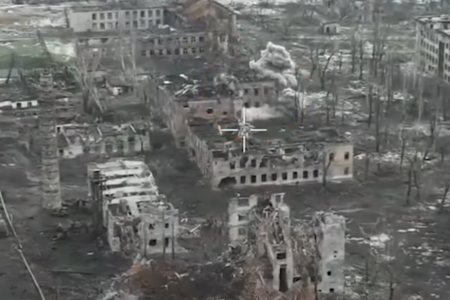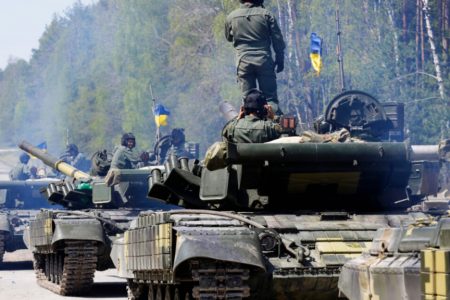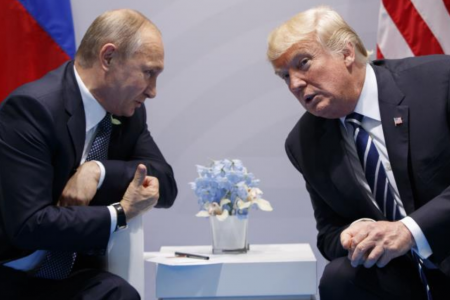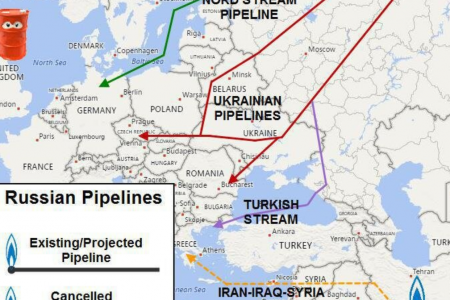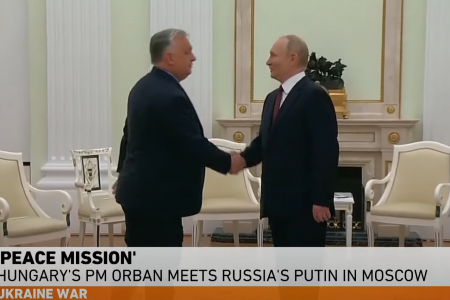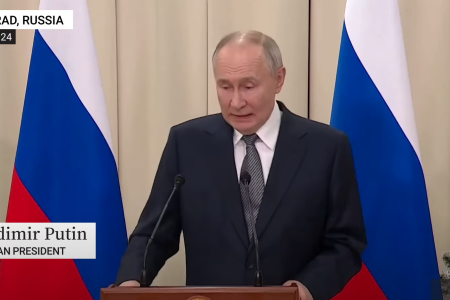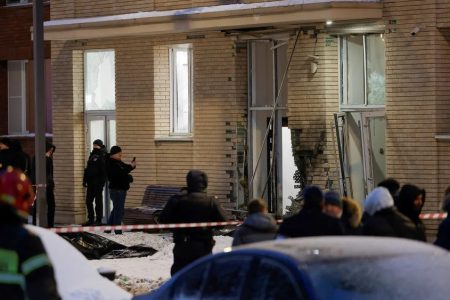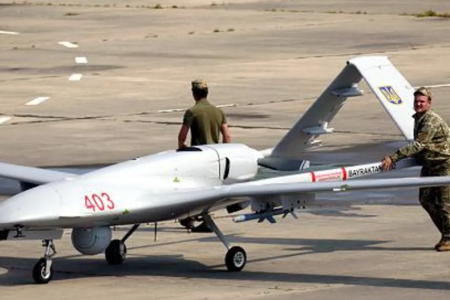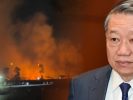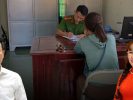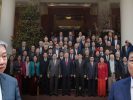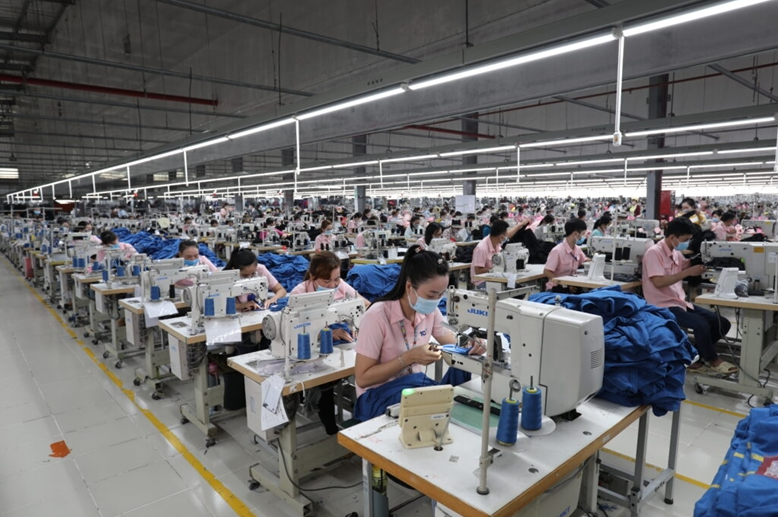
Production stagnation during the recent anti-epidemic period will not cause foreign investors to flee from Vietnam when the country is gradually controlling the epidemic and making anti-epidemic adjustments to ensure production, an expert from the country told VOA.
The disruption of goods circulation due to the social blockage, the high cost of testing, the complicated implementation of the “three on the spot” (production, eating, sleeping on the spot)… , foreign-invested factories had to suspend production while Ho Chi Minh City and neighboring provinces implemented social distancing in the past 4 months.
Since the beginning of October, when the epidemic showed signs of easing with a sharp decrease in the number of infections and deaths, Vietnam has gradually reopened and restored production activities. However, when the distance is loose, millions of workers from industrial zones have fled to their hometowns, pushing businesses into labor shortages.
Will workers return?
Bloomberg news agency cited Vietnamese government data, which estimated this wave of workers could reach more than 2 million and cited the case of Ms. Le Thi My, a garment worker who had left Ho Chi Minh City to return to her hometown in Tay Ninh province when she was “left with nothing but fear.”
Either stuck in factories for months, or stuck in motels without pay, many workers have decided to leave for their hometowns once they can move, according to Bloomberg.
Tran Thi Hoa, 31, a garment worker earning about $350 a month who has returned to her hometown in the West, told Bloomberg she has “no plans to return to the city because it’s still too risky” even when the company offers free lunch.
That is also the mood of Mrs. Nguyen Bich Thuy, 63 years old, and her husband are workers producing household goods in Ba Ria-Vung Tau province. Speaking to VOA when she returned to her hometown in Dam Doi district, Bac Lieu province, she said she ‘will stay in her hometown forever where she can grow vegetables for daily life because she finds that “life is too unstable” during the pandemic.
Pouyuen Vietnam Company, a Taiwan-based sports shoe manufacturer that employs a lot of people in Ho Chi Minh City, said it resumed production on October 6 with no more than 30% of workers. More than 40,000 workers have not returned and the company may not reach its goal of operating at full capacity by mid-November, according to news site Zing.
Bloomberg reports that local governments have sent messages to workers to convince them to return, as well as renting cars to bring them back. And companies are begging workers to return to work with the promise of increased wages and benefits.
However, Pham Chi Lan, a former member of the prime minister’s economic advisory group, told VOA she is not very worried about this labor shortage.
She said that some on-site surveys in industrial zones in the southern provinces recently showed that the rate of workers returning to their hometowns was only 5-10%. According to her, the Ho Chi Minh City Business Support Center has also “went to the workers’ accommodation to support them a lot so that they can stay safe.”
“There are businesses that temporarily give workers time off but still pay a certain amount so they can stay in Saigon,” she told VOA from Hanoi. “These businesses can fully recover if there are orders.”
However, Ms. Lan said that not all businesses have the ability to receive workers back, so “temporarily send them back to their hometown for a few months until they fully recover” which she believes “needs to be” at least another half a year.
“In the short term, I don’t think all businesses will need all the workers who have returned home to come back to work for them,” she said.
In the event of a labor shortage, Ms. Lan said businesses can take advantage of the large pool of freelance workers in industries that have not yet reopened, such as sidewalk businesses.
She also predicts that once they return to their hometown, life for these workers is ‘not easy’ as “most of them come from poor places” and therefore they may return to the city in the long run to find a livelihood.
“Somewhat heavy anti-pandemic measures”
The severe outbreak of the disease caused by the Delta mutation has led the Vietnamese government to impose strict restrictive measures, such as a hard blockade, and the deployment of troops to distribute necessities. Factories are required to do “three places” – that is, setting up tents for workers to stay, if not temporarily suspending production.
Factories have had to reduce production or close down. US sports shoe brand Nike has lost the equivalent of months of output, according to Bloomberg, and the situation has “exacerbated the problems of an already-disturbed global supply chain,” according to the news agency.
“Despite being a small country, Vietnam plays a much larger role in the global consumer economy, supplying everything from furniture sold at Walmart to Adidas sneakers and smartphone components for Samsung. After China, the country is the second largest supplier of clothing and footwear to the US market,” Bloomberg said.
If workers like Le Thi My do not return to work, there is a risk that families in the US and Europe this Christmas season will not have costumes as gifts to put under the Christmas tree, according to this news agency.
Pham Chi Lan admitted to VOA that Vietnam’s anti-epidemic solutions are “somewhat heavy-handed.”
“But actually that heavy-handedness comes from the worry that the disease is spreading too quickly,” she explains.
“If you live in a place with the best medical facilities like Ho Chi Minh City, if you are still suffering like this, you can understand the panic in other places. When they are scared and confused, they find ways to prevent the epidemic,” she added to explain why local governments are stricter than the requirements of the central government, causing more difficulties for businesses.
However, she said the Vietnamese government “has learned from experience” with evidence that the recent Resolution 128 has identified “safe and flexible adaptation to the Covid-19 epidemic” instead of the motto ” fighting the epidemic like fighting the enemy” before.
“Since then, the government has issued a new set of guidelines and is interested in how to implement it locally, avoiding overdoing it or being unscrupulous,” added Ms. Lan.
“We will focus on areas where there is a high risk or where an epidemic is occurring, then just circle it, not isolate it too wide,” she said about lessons learned in implementing distance in Vietnam to prevent disease to ensure normal economic activities.
According to her, models such as “three places” and “one road two destinations” if the disease outbreaks again, will not be implemented as rampantly as before.
Won’t run away
Despite the difficulties caused by the epidemic, Ms. Lan said that “there will be no shift of production out of Vietnam.”
“Actually I have observed that the movement so far has only been to move some orders, especially seasonal orders,” she said. “When they have difficulties in Vietnam, they have to find a way to temporarily move orders elsewhere.”
Now that Vietnam has controlled the epidemic and has clear new policies, foreign businesses “can be confident that Vietnam will be able to handle it well in the future if the epidemic returns,” said Mrs. Lan.
“The Prime Minister also had many dialogues with different groups of investors and really listened and accepted the recommendations of foreign investors to keep them in Vietnam,” she said.
“Completely moving to another place is not easy in today’s world,” affirmed Ms. Lan.
At this point, brands like Nike, which recently cut their sales forecasts mainly due to a lack of supply from Vietnam, can’t do much, Bloomberg said, as it “will take months to dig up create workers and move machines.”
Thoibao.de (Translated)




